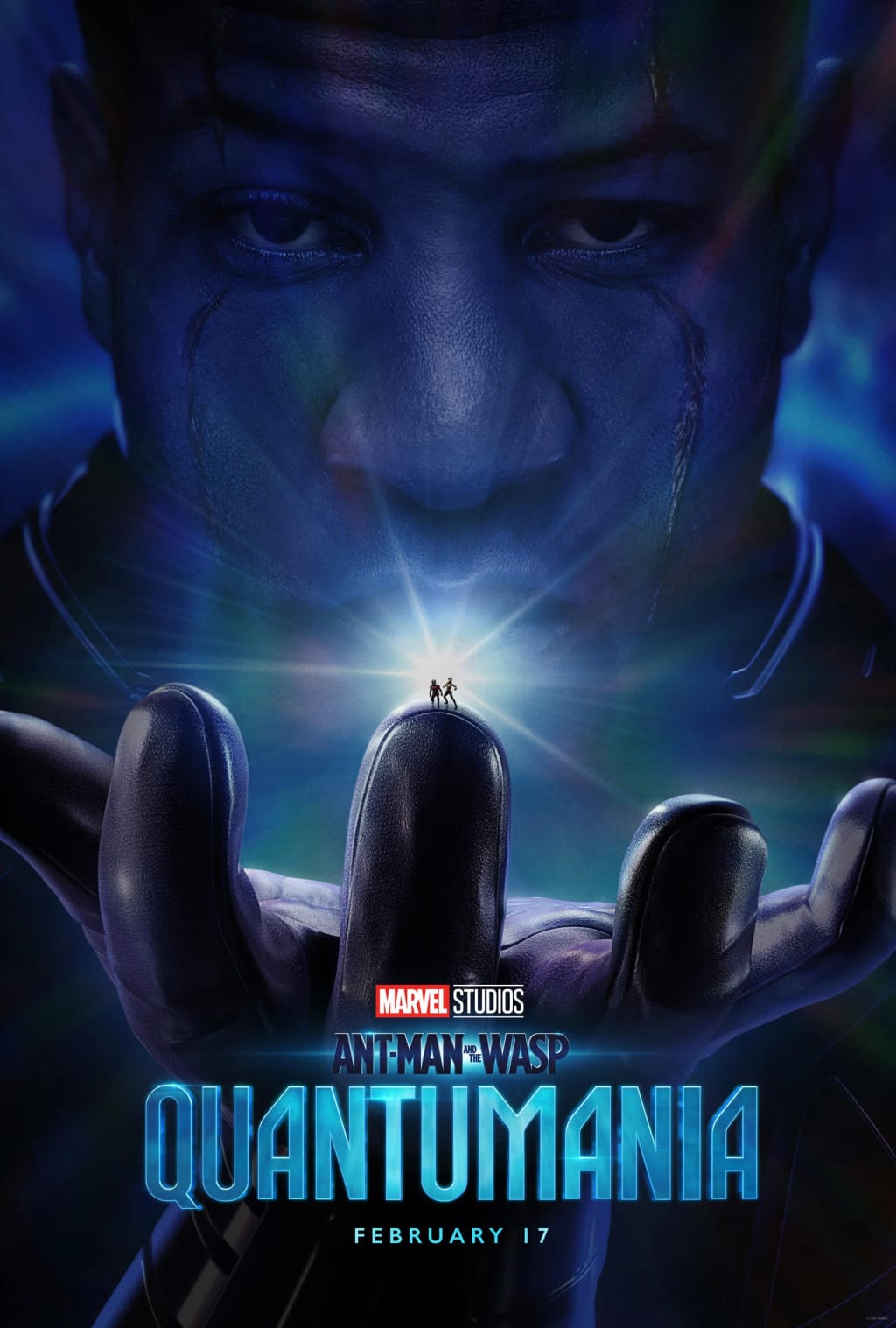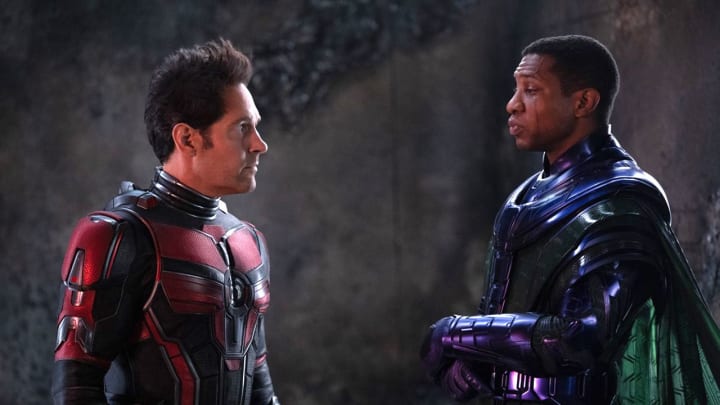
With the third film in its dwindling superhero series, Marvel Studios makes an effort to elevate what has previously been their most ridiculous franchise into a legitimate MCU blockbuster, complete with high stakes, emotional drama, and significant mythology connected to the overarching Multiverse Saga. To its credit, Ant-Man and the Wasp: Quantumania is able to scale up this journey without losing the uncomfortable, deadpan humour that makes Paul Rudd's portrayal of Scott Lang so lovable.
Ant Man And The Wasp: Quantumania wastes no time. This is a movie that gives us all of six minutes to ease back into Scott Lang’s (an enjoyable enough Paul Rudd) world and get up to speed on the last few years of his life before throwing him into the Quantum Realm to kick off the MCU’s latest adventure. With him on his latest interdimensional adventure are daughter Cassie (a squeaky Kathryn Newton), Hank Pym (Michael Douglas), Janet Van Dyne (Michelle Pfieffer) and Hope (Evangeline Lilly).
A Time-Bending Look at Kang the Conqueror's History
However, Evangaline Lilly's Hope has even less to do than Michael Douglass' Hank Pym this time around, which seems odd for a character who is named in the title. The most unexpected surprise is the big role Michelle Pfeiffer's Janet van Dyne is given. In a restrained and potent performance, she ultimately confronts with the pain of what happened to her over those 30 years in the Quantum Realm. It's really appreciated that Janet will have a significant part this time around after her much too brief appearance in the previous tour.
Majors absolutely nails the multifaceted nature of Kang.

Majors' Kang turns delivers an entirely different kind of potent performance, but one that is no less amazing. The Loki Disney+ series introduced us to a variation of this notorious Marvel Comics bad guy, but Kang is more dark and steely than He Who Remains. Majors effectively captures the complex character of Kang, a guy who over time feels burdened by his domain but has the fierce determination to use it to accomplish unfathomable goals. The irony that Kang must contend with the fool who converses with ants is made all the more delightful by the effort placed into illustrating just how strong and dangerous he is.
To say that the power levels between Ant-Man and Kang are mismatched is a severe understatement. In the comics, Kang is an Avengers-level threat on par with Thanos – the kind where even a full team of Avengers would be lucky to come out victorious in a head-to-head brawl. So it’s a credit to writer Jeff Loveness and director Peyton Reed that they find ways for Ant-Man to actually stand a chance, and those ideas make for some creative action scenes. That said, punches are often pulled when it comes to setting up the stakes of those battles, which makes the dangers it builds up ultimately feel toothless.
There is seemingly no rhyme or reason behind the Quantum Realm.
Nearly the entire story takes place in the Quantum Realm, a bizarre place where beings have broccoli for heads and they use flying mitochondria for transportation. While there’s plenty of never-before-seen sci-fi stuff to enjoy, there is seemingly no rhyme or reason behind any of it, so it all feels like computer-generated window dressing that has no bearing on events taking place. Contrast that with Disney’s recent animated film, Strange World, which also featured a family getting lost in an uncanny sci-fi landscape – but there was an explanation that tied all of the weirdness together. Similarly, we meet a band of characters in the Quantum Realm, but much like their home they don’t add much to Quantumania beyond a few jokes and a way to move the plot forward. No one embodies this issue more than Bill Murray’s character, whose one scene feels entirely inconsequential.
The same issue of underdevelopment can be felt in the theme of fighting oppression. Cassie is driven by the desire to stand up to those in power, and Kang just happens to be a power-mad dictator for everyone to resist, but Quantumania doesn’t stop to explore any of those ideas. It’s frustratingly surface-level in that regard.
We have to talk about MODOK.
The much-loved bloodthirsty huge floating head has finally made it into the live-action MCU, and despite the fact that his torso resembles a Decepticon design that was rejected because it made people uncomfortable and his face is oversized and stretched out, the character works. MODOK, of all "people," has one of the best character journeys, which is something I never could have imagined.
Ant-Man and the Wasp: Quantumania has just enough entertaining moments and a heartfelt family story, plus knockout performances in Michelle Pfeiffer’s Janet van Dyne and Jonathan Majors’ Kang the Conqueror, to make up for its more underdeveloped aspects. The exploration of its central themes, new characters, and the Quantum Realm itself only goes skin deep, leaving it feeling high on spectacle but low on substance. Even so, Quantumania works as a culmination of the Ant-Man series, a way to start things in motion for Phase 5, and a promising roadmap of where the Multiverse Saga is going.
About the Creator
k eleanor
Writer focused on film, media, fandom, music, comic, and all things geeky. Here you'll find Breakdowns, Analysis, Easter Eggs of Movies and series. Every universe comes together at this place. So just sit back, relax and enjoy the ride.






Comments
There are no comments for this story
Be the first to respond and start the conversation.